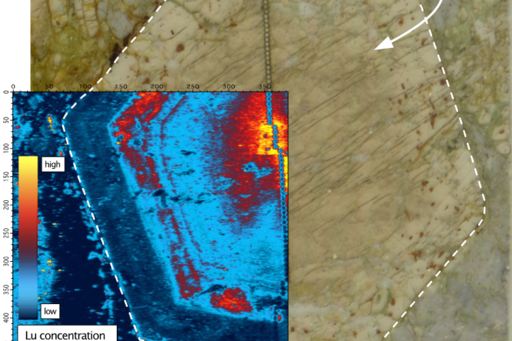Reading the Earth’s history from minerals
Short description
The Earth’s interior is highly dynamic, reflected in volcanic eruptions and earthquakes. In order to predict these catastrophic events we have to understand and quantify the mechanisms of the Earth’s internal motion. This project aims at extracting information about the internal dynamics from chemically zoned minerals. High resolution mass spectrometers allow for measurement and visualization of trace element variations in micrometer-sized areas within minerals. The Earth Science Department runs one of the most modern mass spectrometers, which enables this project to resolve the dynamic history of the Earth’s interior in space and time.
The Earth is a dynamic planet throughout all of its spheres. We can easily see that in the atmosphere, where weather conditions can change very rapidly and heavy winds are demonstrating the atmosphere’s mobility. But also glaciers are very mobile and so is the rocky interior of our planet as well. Usually we cannot sense the very slow movements of tectonic plates. Only if some displacement is stored over a longer time and the rocks are elastically loaded like a spring, the occurrence of an earthquake reminds us that the rocky part of the Earth is moving as well. However, it is exactly this internal mobility that is so important, yet so difficult to measure. At the Earth’s surface we can use laser- and satellite technology to measure the tiny tectonic displacements, such that the western part of Iceland is moving away from the eastern part with about 2 cm every year. In the deeper parts of the Earth we need to study minerals and rocks in order to understand the mechanisms that are responsible for the fascinating motion of whole continents, which is so powerful that it creates mountain ranges and deep sea trenches.
One of the most versatile minerals for this study is garnet, a semi-precious gem stone with mostly reddish or sometimes even greenish colors. Garnet is quite common in the deeper parts of the Earth and if it is involved in the internal movements of the Earth, it records these movements in tiny variations of its chemical composition. These chemical variations that form a pattern like tree- or onion rings, can be measured and visualized with modern mass spectrometers. Together with computer simulations these patterns can be used to determine directions and speed of internal movements within our planet.
